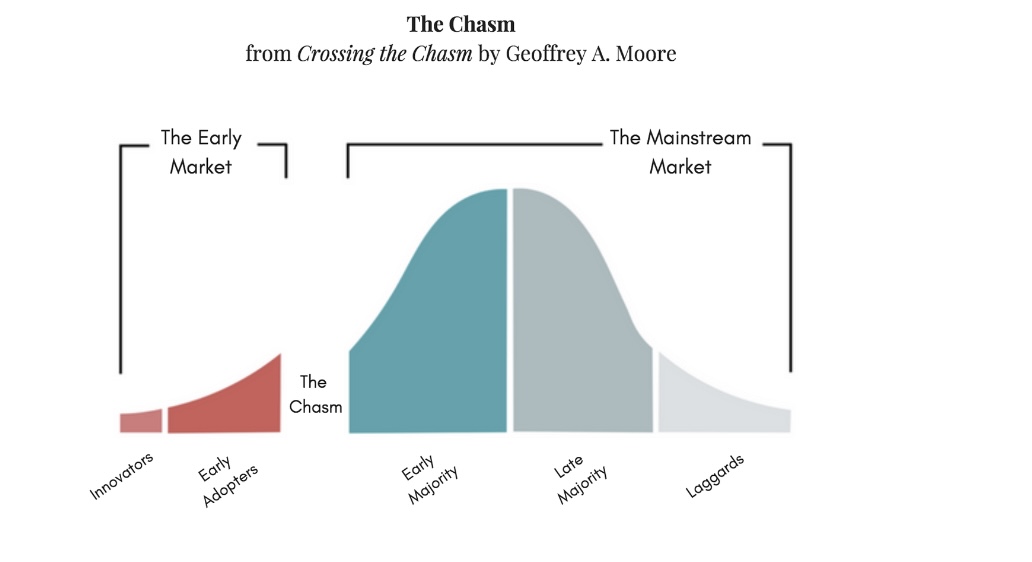
After 2021, we entered an era in cryptocurrency where people stopped talking only about financial decentralization and started to broadly discuss the tokenization of everything, thanks in part to nonfungible tokens (NFTs).
This shift represents a critical perspective that is set to guide three theses for the upcoming bull market. To fully grasp these theses, it is crucial to understand that everything is data. Money is data. Your engagement with a brand is data. Your credentials are data. The ticket for your favorite show is data.
Since 2021, the ecosystem has increasingly started to store a large part of this data in the form of fungible tokens, NFTs, and timestamps on the blockchain, which acts as a data repository in this context.
Related: Expect new IRS crypto surveillance to come with a surge in confiscation
While not all data needs to be on the blockchain, the ability to place data on the blockchain radically transforms how we store, share, and utilize data for automated and secure instructions and transactions.
Re: non-financial blockchain use cases. pic.twitter.com/lYZFprXAry
— vitalik.eth (@VitalikButerin) May 27, 2022
And it seems that this prospect of tokenizing everything is coming to Bitcoin. This gives rise to the first thesis.
Ordinals and similar protocols continue to grow, while Bitcoin becomes a network for multi-assets (or multiple data types)
In January 2023, Casey Rodamor publicly released the Ordinals protocol, which, in short, allows for the permanent insertion of any file type into the Bitcoin blockchain.
In less than a year, the community has already conducted experiments in which music, artwork, journalistic articles, and even video games are being inscribed on the world’s leading blockchain.
The Ordinals protocol was not the first to allow this, but it has gained the most traction. And everything indicates that this is a flame that will not go out.
More than just a technical protocol, a culture and a mindset have been created where more and more builders see Bitcoin as a canvas for the creation of other projects and applications, and nothing can stop well-established cultural movements.
But remember: not everything needs to be stored 100% on-chain, as this is expensive and, for some applications, inefficient.
Therefore, protocols such as Taproot Assets — which enable the creation of other assets — on the Bitcoin network but in a way that keeps most of the information off-chain, will be essential.
Speaking of storage costs on layer-1 blockchains, it looks like layer-2 blockchains are set to shine.
Crypto will break out of its bubble and finally reach the everyday person through layer-2 blockchains
Those who were active during the 2021 bull market recall that $50 for a transaction fee on Ethereum was almost the norm, not to mention the spikes, like during the minting of the Otherside NFTs by Yuga Labs, where users paid up to six Ether (ETH) per transaction.
It’s simple: if the blockchain isn’t invisible, it won’t reach the mainstream. And expensive and slow transactions make the blockchain highly noticeable.
That’s why layer-2 blockchains — designed to scale layer-1 blockchains — will be so crucial for the next bull market.
Although they’ve been around for years, neither they nor the market was mature enough to build on them in the last cycle. On one hand, many companies and developers weren’t convinced that layer-2s were stable enough to handle a significant influx from the mainstream. On the other hand, there was also the issue that, in the excitement of the moment, people acted without studying and understanding much.
The number of projects unnecessarily on Ethereum was significant, and the reasons varied: it was cultural, because some companies didn’t even know what secondary layers were, or simply because everyone was building on Ethereum.
Now, with all the lessons learned and the calm that has settled in with the bear market, it’s clear that the mentality for building is much more mature, and the ‘jobs to be done’ by blockchains have become much clearer to those who are building.
And the cherry on top will be the implementation of EIP-4844, which is expected to happen in a few months on the Ethereum network, and will further reduce the transaction costs of layer-2 networks, making them even more invisible and robust to attract and retain the mainstream audience.
But it’s useless for the infrastructure to be invisible if people can’t connect to it and companies can’t build on it. However, the solution is already here!
Abstraction solutions will be the main gateway and retention mechanism for users and large traditional companies on Web3
The big issue is that with the tokenization of everything, in some cases decentralization is more of a hindrance than a help.
If the topic is Bitcoin (BTC) custody, the topic of decentralization is pertinent. However, when the subject shifts to tokenized tickets or a company’s loyalty credentials, the value does not lie in the system’s decentralization. Therefore, simplifying the user’s experience by abstracting complex processes — such as creating a semi-custodial wallet with social login or eliminating concerns about gas fees — makes total sense and it’s necessary.
Related: Bitcoin beyond 35K for Christmas? Thank Jerome Powell if it happens
Abstraction solutions were the missing bridge so that the crypto universe does not continue to be a technical environment exclusive to technically skilled people willing to face various challenges and complex journeys. But now, they are ready to shine!
And It’s not about ending decentralization, it’s about having an option. Those who want to remain 100% decentralized can do so, but those who don’t now have an option. This way, it avoids the crypto ecosystem dying in the famous chasm of innovation. Because magnificent infrastructures are pointless if people cannot connect to and navigate them easily in everyday life.

Something that’s not often discussed is how important these abstraction solutions are for traditional companies to effectively join Web3 too. How many companies currently have a team of developers who can program in blockchain languages, like Solidity? Making it easier for builders to get started is also crucial.
Breaking down the blockchain journey to mainstream into four phases, we could say that the account abstraction solutions, along with the advancements mentioned in thesis two, will propel Web3 into its penultimate phase — with improved infrastructure, fewer technical builders and brands join the game, and the number of applications, projects, and use cases multiply, attracting mainstream attention.
As of today, it seems that major blockchains will be increasingly viewed as platforms for multi-asset consensus in the next market cycle and less as currencies. The crowning gem will be the quest for scalability, which will make the layers more invisible and less complex for users to navigate and for businesses to integrate. Welcome to t of Ethereum and phase 2 of Bitcoin.
Lugui Tillier is the chief commercial officer of Lumx Studios, a Web3 studio that counts BTG Pactual Bank, the largest investment bank in Latin America, among its investors. Lumx Studios has previous Web3 cases with Coca-Cola, AB InBev, Nestlé and Meta. The author holds investments related to the Ordinals Protocol, though none named in this article.
This article is for general information purposes and is not intended to be and should not be taken as legal or investment advice. The views, thoughts and opinions expressed here are the author’s alone and do not necessarily reflect or represent the views and opinions of Cointelegraph.






Be the first to comment